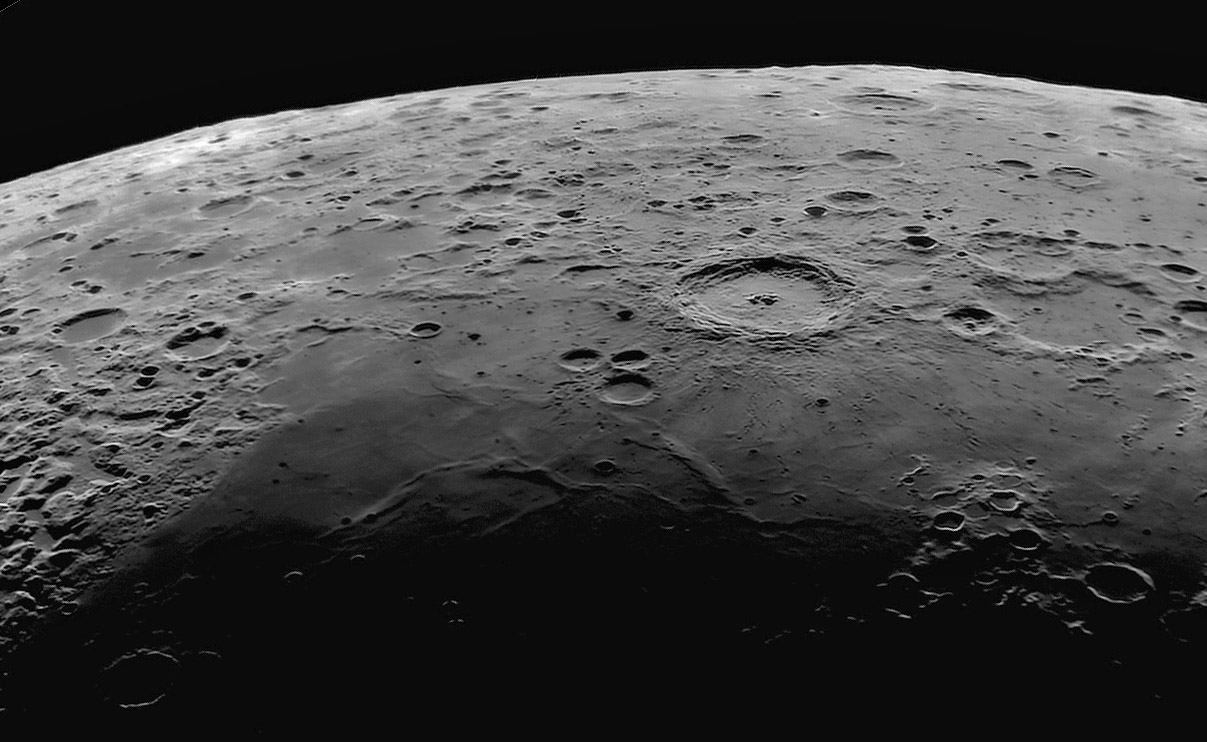Difference between revisions of "March 31, 2009"
| Line 1: | Line 1: | ||
__NOTOC__ | __NOTOC__ | ||
=A Slice From the Middle= | =A Slice From the Middle= | ||
| − | |||
<!-- ws:start:WikiTextHeadingRule:2:<h1> --> | <!-- ws:start:WikiTextHeadingRule:2:<h1> --> | ||
<!-- ws:start:WikiTextLocalImageRule:8:<img src="/file/view/LPOD-Mar31-09.jpg/65471556/LPOD-Mar31-09.jpg" alt="" title="" style="width: 900px;" /> -->[[File:LPOD-Mar31-09.jpg|LPOD-Mar31-09.jpg]]<!-- ws:end:WikiTextLocalImageRule:8 --><br /> | <!-- ws:start:WikiTextLocalImageRule:8:<img src="/file/view/LPOD-Mar31-09.jpg/65471556/LPOD-Mar31-09.jpg" alt="" title="" style="width: 900px;" /> -->[[File:LPOD-Mar31-09.jpg|LPOD-Mar31-09.jpg]]<!-- ws:end:WikiTextLocalImageRule:8 --><br /> | ||
| − | <em>east up image by [mailto:nsmith10000@yahoo.co.uk Nick Smith.] Oxford, UK</em><br /> | + | <em>east up image by [mailto:nsmith10000@yahoo.co.uk" rel="nofollow Nick Smith.] Oxford, UK</em><br /> |
<br /> | <br /> | ||
| − | Nick Smith's lovely [http://www.pbase.com/nicksmith/image/110763337 mosaic] of the 3.1 day old crescent shares a problem with all such mosaics - it's too long to fit in a normal LPOD. In looking for a piece to focus on I was attracted to this slice from Mare Fecunditatis to the limb. There are great views stepping limbward from Langrenus to the twins Barkla (formerly Langrenus A) and Kapteyn to La Pérouse, which is a miniature Langenus. La Pérouse has a rim crest shadow indicating a steep scarp. Just to La Pérouse's upper right is Ansgarius, and to its upper left is the flat-floored Kästner, both at about 80° E longitude. All of these are infrequently identified at the telescope because of foreshortening and the lack of a dramatic landform to aid navigation. My attention was also attracted to the terminator area of the image because of the mare ridges and the nature of the mare - highland boundary in the bottom left quadrant. One set of curving ridges defines the putative inner ring of the Fecunditatis impact basin. The mare area beyond this ridge, especially to the north (left), is darker than the lavas in Sinus Successus (check your Rükl), and where the dark lava reaches the highlands area at left it seems to lap up onto it. This area will repay closer scrutiny.<br /> | + | Nick Smith's lovely [http://www.pbase.com/nicksmith/image/110763337" rel="nofollow mosaic] of the 3.1 day old crescent shares a problem with all such mosaics - it's too long to fit in a normal LPOD. In looking for a piece to focus on I was attracted to this slice from Mare Fecunditatis to the limb. There are great views stepping limbward from Langrenus to the twins Barkla (formerly Langrenus A) and Kapteyn to La Pérouse, which is a miniature Langenus. La Pérouse has a rim crest shadow indicating a steep scarp. Just to La Pérouse's upper right is Ansgarius, and to its upper left is the flat-floored Kästner, both at about 80° E longitude. All of these are infrequently identified at the telescope because of foreshortening and the lack of a dramatic landform to aid navigation. My attention was also attracted to the terminator area of the image because of the mare ridges and the nature of the mare - highland boundary in the bottom left quadrant. One set of curving ridges defines the putative inner ring of the Fecunditatis impact basin. The mare area beyond this ridge, especially to the north (left), is darker than the lavas in Sinus Successus (check your Rükl), and where the dark lava reaches the highlands area at left it seems to lap up onto it. This area will repay closer scrutiny.<br /> |
<br /> | <br /> | ||
| − | <em>[mailto:tychocrater@yahoo.com Chuck Wood]</em><br /> | + | <em>[mailto:tychocrater@yahoo.com" rel="nofollow Chuck Wood]</em><br /> |
<br /> | <br /> | ||
<strong>Technical Details</strong><br /> | <strong>Technical Details</strong><br /> | ||
Revision as of 19:06, 4 January 2015
A Slice From the Middle

east up image by " rel="nofollow Nick Smith. Oxford, UK
Nick Smith's lovely " rel="nofollow mosaic of the 3.1 day old crescent shares a problem with all such mosaics - it's too long to fit in a normal LPOD. In looking for a piece to focus on I was attracted to this slice from Mare Fecunditatis to the limb. There are great views stepping limbward from Langrenus to the twins Barkla (formerly Langrenus A) and Kapteyn to La Pérouse, which is a miniature Langenus. La Pérouse has a rim crest shadow indicating a steep scarp. Just to La Pérouse's upper right is Ansgarius, and to its upper left is the flat-floored Kästner, both at about 80° E longitude. All of these are infrequently identified at the telescope because of foreshortening and the lack of a dramatic landform to aid navigation. My attention was also attracted to the terminator area of the image because of the mare ridges and the nature of the mare - highland boundary in the bottom left quadrant. One set of curving ridges defines the putative inner ring of the Fecunditatis impact basin. The mare area beyond this ridge, especially to the north (left), is darker than the lavas in Sinus Successus (check your Rükl), and where the dark lava reaches the highlands area at left it seems to lap up onto it. This area will repay closer scrutiny.
" rel="nofollow Chuck Wood
Technical Details
29 March 2009, sunset (~18:30 UT). Celestron C14 at prime focus with a Lumenera Infinity 2-1M camera.
Related Links
Rükl plate 49



